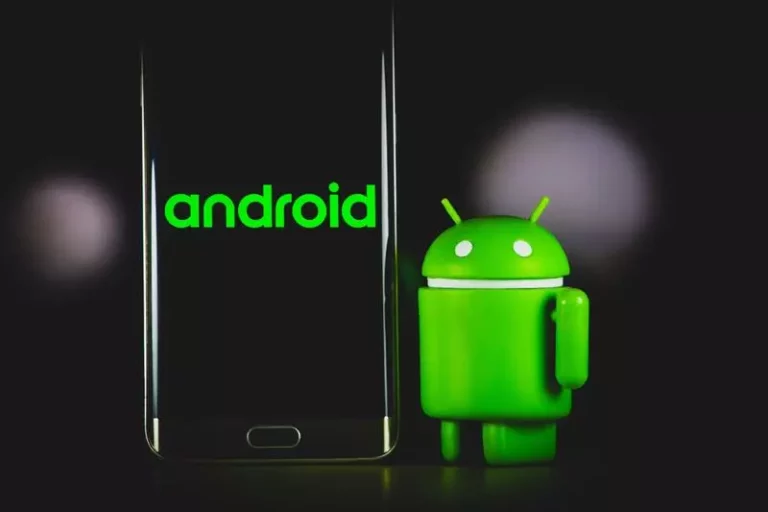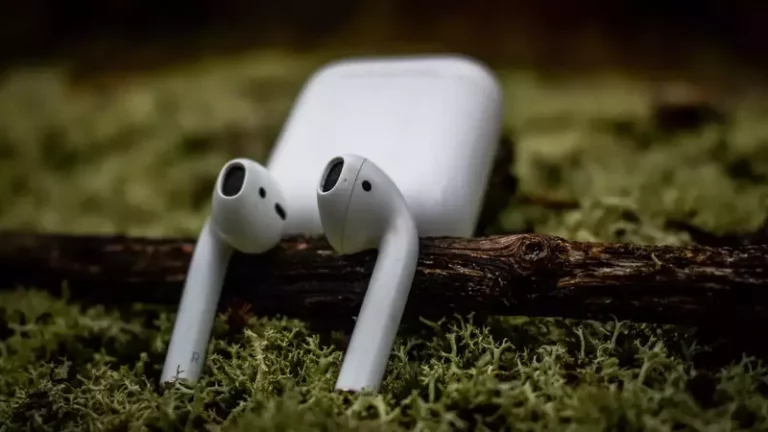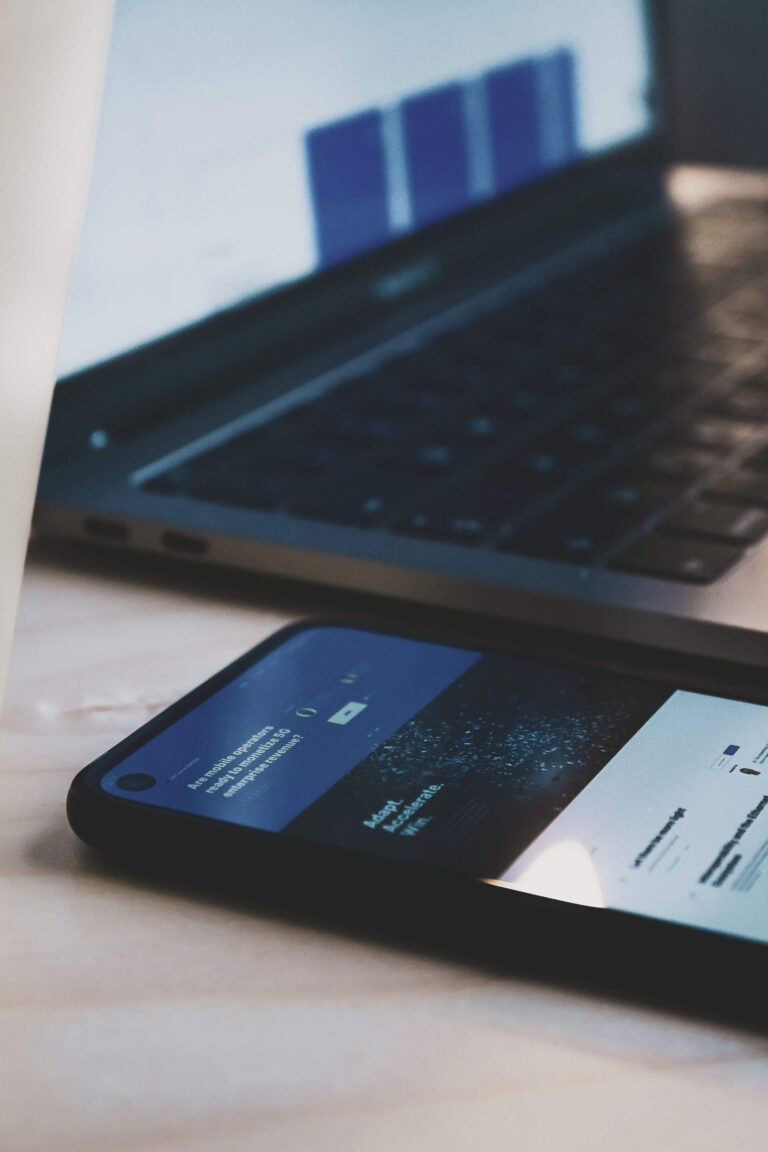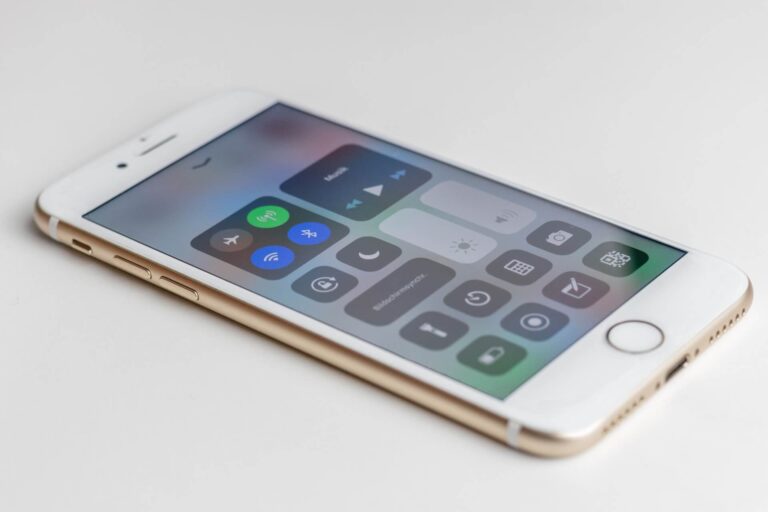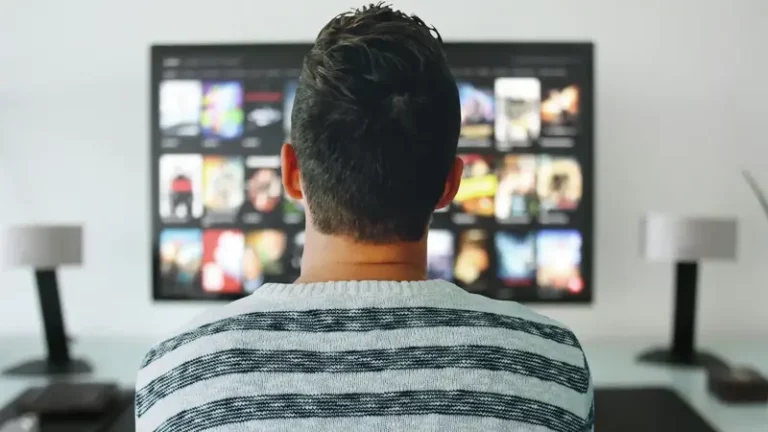Can I Use Bluetooth on My Phone Without a SIM Card? (Solved)
This site contains affiliate links to products, and we may receive a commission for purchases made through these links.
We all have apprehensions while using different things on our mobile phones all at once. Even the slightest delay in performance of any signal-related service in a cell phone leads us to believe it is interference from another device.
So can you use Bluetooth on your phone without a SIM card? The short answer is yes. It is very much possible to use Bluetooth without having a SIM card in our phone.
Continue reading for more information on this.
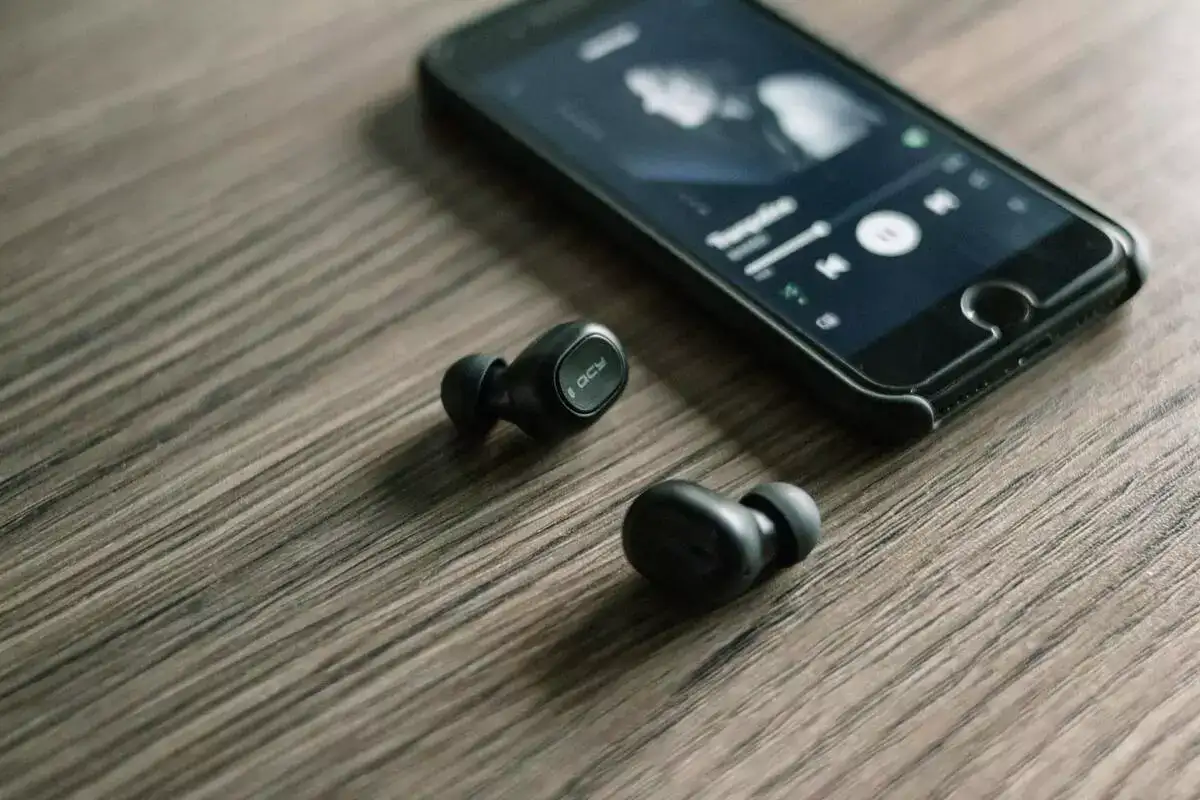
The Effect of SIM Card on Bluetooth
Bluetooth has become one of the most famous pieces of technology globally since its first release on a consumer device in 1999. Bluetooth signals can be sent and received by nearly every modern phone, computer, and game console.
Bluetooth signals allow you to connect items completely wirelessly, eliminating the need for bulky connections and wires. Bluetooth speakers and headphones are excellent examples of the technology’s benefits, allowing you to listen to music and even make phone conversations without the need for a wired connection.
READ MORE!
Bluetooth 5.0 to 5.2: All You Need to Know (Upgrades Explained)
The Bluetooth transmission signals of a mobile phone are unaffected by a Subscriber Identity Module card. Still, it can hinder the device’s ability to connect to its wireless service provider’s network. On the other hand, these circumstances have nothing to do with the device’s ability to receive or transmit a signal.
The SIM technology is not related to the Bluetooth module in your mobile phone, and you can use both of them regardless of the activation of the other.
Does Bluetooth Affect SIM Cards?
In simple words, using Bluetooth will not affect your cellular data. Bluetooth relies on short-range radio waves rather than an internet connection to function; this means that Bluetooth will operate whenever two compatible devices are present – no data plan or even a cellular connection is required.
Bluetooth does not require cellular data to connect your devices; it is integrated into a wide range of gadgets.
As a result, Bluetooth is ideal for travel and other situations where internet access is unavailable. As a result, you may use Bluetooth headphones to listen to music or watch a TV show without having to worry about data being unavailable.
READ MORE!
Where Are Bluetooth Files Stored On iPhone, Mac, And Android?
On the other hand, streaming apps do use data to stream, even though Bluetooth does not. If you’re listening to Spotify or Netflix with Bluetooth headphones and aren’t connected to Wi-Fi, those apps still require data unless you are using the offline mode.
Some Other Interferences for Bluetooth
Bluetooth and Wi-Fi have been using the same 2.4GHz frequency range for a long time, which can cause radio signals to interfere; this is especially noticeable when you hear static while on a phone call in your office or at home with your Bluetooth headset.
The solution is to turn off Wi-Fi on your phone and use Bluetooth to communicate instead. If you’re having trouble turning off Wi-Fi, move closer to the access point; this could make it easier for the phone to divide the radio spectrum between Bluetooth and Wi-Fi traffic, resulting in a stronger Wi-Fi connection.
READ MORE!
7 Genius Tips To Improve Your Bluetooth Connection
What Is the Frequency Range for Cellular Devices?
When a mobile phone receives a call, it first looks for the nearest signal from its operator’s base station antenna and establishes a radio link with it. The process is the same for receiving a call, except the base station antenna establishes the link. The operator will need to know the recipient’s network cell to route the call in this situation.
This is why mobile phones report to the network – or update their applications (for smartphones) – at regular intervals when they are turned on and even when they are not being used for calls.
LTE or 4G uses the 800 MHz, 1800 MHz, and 2600 MHz frequency bands previously utilized by various applications. For example, before DTT, the 800 MHz frequency was used for analog television. 4G can already triple the output of 3G to reach 100 Mb/s using new encoding technologies, allowing for purposes such as “video” calls or live TV while on the move.
Fun Fact: It may seem unusual to believe that your office’s fluorescent lighting may cause interference, but many contemporary lights transmit a signal in the 2.4GHz region; this can cause problems with both Wi-Fi and Bluetooth connections. The answer is to maybe relocate to a different part of the office where the lighting will not be an issue.
The capacity of Bluetooth to adapt and avoid specific interference allows it to bypass most lighting interference. However, how effectively the device is designed and how bright the lighting signal is limit its ability.
READ MORE!
Improving Bluetooth Reception: Tips and Tricks
Interference of Cellular Devices With Bluetooth
Bluetooth provides signals across a 2.4GHz radio band to communicate between your devices. When other neighboring devices use the same frequency, this becomes a problem. Wi-Fi is likely the most prominent and problematic example, as are other Bluetooth receivers and devices, which can cause interference.
Even microwaves, on the other hand, can create Bluetooth interference with your devices. Direct Satellite Service (DSS), 2.4GHz and 5GHz phones, wireless speakers, external monitors, baby monitors, and pretty much any other Bluetooth-enabled device can all be used.
READ MORE!
Do Microwaves Affect Bluetooth Signals?
Still, because Bluetooth signals are feeble — 1 milliwatt, compared to cell phones, which generate approximately three milliwatts — interference between Bluetooth technologies should be pretty unusual with correctly designed devices, at least in principle.
Furthermore, the majority of today’s Bluetooth technology employs a technique known as spread-spectrum frequency hopping. That is, they change 1,600 times per second between 70 randomly chosen frequencies within their range.
As a result, sharing the same frequency by two devices is uncommon. And even if they do, it won’t be for long. AFH, a method that identifies “poor” channels, is also used in other Bluetooth technology.
Does a SIM Card Affect Wi-Fi?
No, the presence of a SIM card does not affect Wi-Fi. If you have a data carrier switched on in your SIM card, then it can serve as a backup plan if your Wi-Fi stops working at any random moment. The slots for these two services are even different. The Wi-Fi module is connected to the same one as the Bluetooth. The SIM card is inserted into an altogether different slot.
SIM cards and wifis operate on different frequency bands, as well as stated in this article. So you need not worry about your SIM card affecting any service in your mobile phone.
However, due to the absence of the SIM card, you will not be able to take any calls from any mobile carrier. A mobile phone without a SIM card is incapable of providing any calling or messaging services. However, you can still communicate with the outer world using Wi-Fi.
So What Can You Do With Your Mobile Phone Without a SIM?
An Android phone may still be used as a WiFi-only device without a SIM card to send messages, make phone calls, surf the internet, and do almost everything else a smartphone with a valid mobile phone plan can do.
If you don’t have service on your Android phone, you can still send text messages via WhatsApp, Google Allo, Facebook Messenger, GroupMe, LINE, and other apps.
Google’s Allo can also send text and photo messages and perform practically everything iMessage can. You won’t need your provider’s service or a SIM card for this; just make sure you’re linked to Wi-Fi.
Facebook’s standalone messenger app features a calling capability, and Google has a service called Google Voice, providing people with the ability to make phone calls over the internet. With an active Wi-Fi connection, you can even port your previous phone number into Google Voice.
You can also:
Use offline map apps:
Many offline map apps provide helpful features like location sharing, landmarks, and favorite spots. They also make it possible to share freshly discovered sites with friends and family. Furthermore, when compared to their online equivalents, offline map apps provide fewer privacy problems.
Use your email as a backup and authentication method:
As much as possible, use your email address as your backup identity or user authentication across platforms and services rather than your phone number.
Make preparations for times when you won’t be able to work:
It might assist if you don’t stay online all the time. You could only use the internet for particular purposes during specific times. That means that a portion of your daily schedule should account for times when you’re not online. Offline time can be used for face-to-face conversations or other offline activities.
Conclusion
We can deduce from the preceding article that a cell phone is a gadget that does not rely on the SIM card for good operation or even startup. Bluetooth, Wi-Fi, and video streaming are all services used on the phone without a SIM card.
Wi-Fi allows for quick phone calls and video streaming. Apps like Whatsapp and Google allow you to make calls even if you don’t have a SIM card, and Bluetooth sharing works just as well without one.
READ MORE!
Different types of Bluetooth Technology and Devices (Explained)

Espen
Espen is the Director of ProPairing and has written extensively about Bluetooth devices for years. He is a consumer product expert and has personally tested Bluetooth devices for the last decade.


